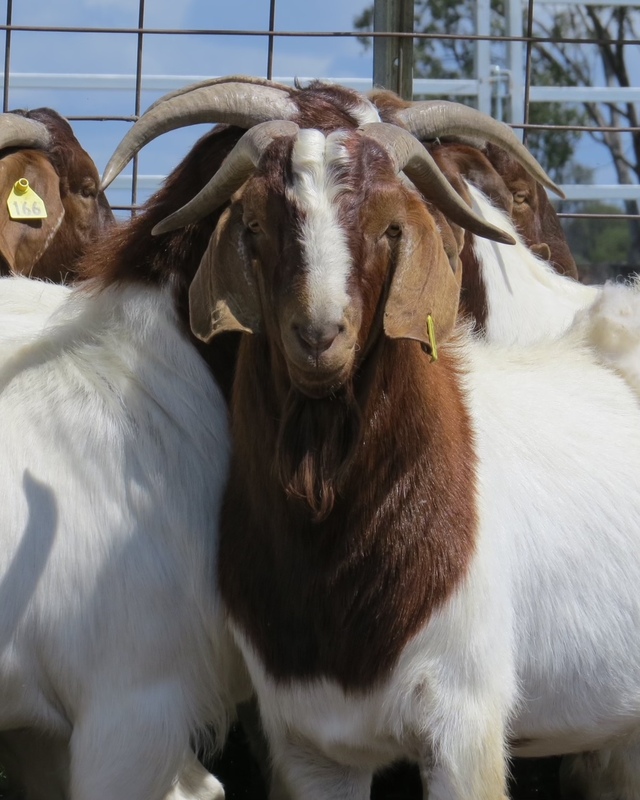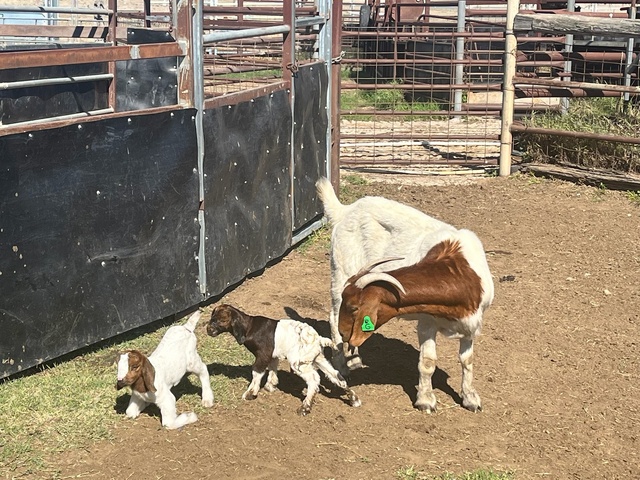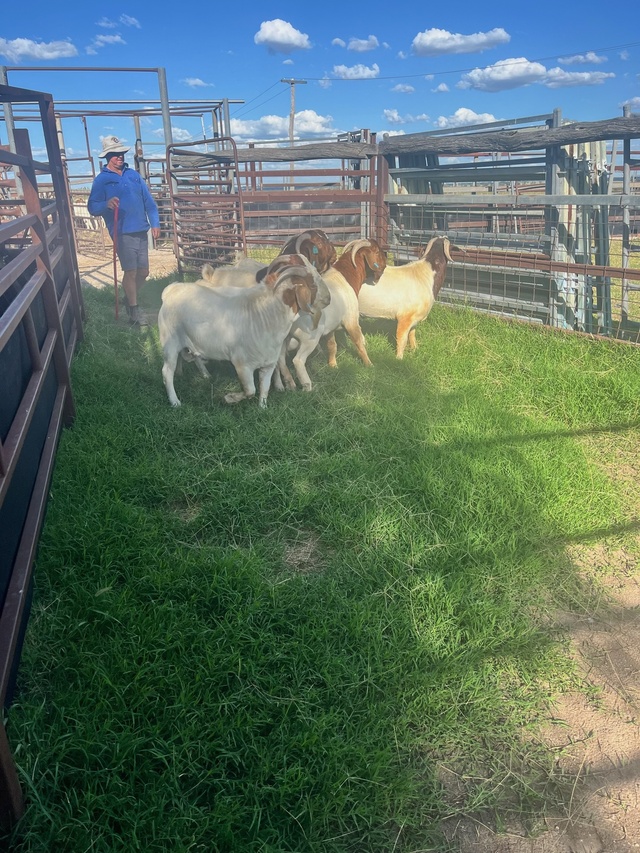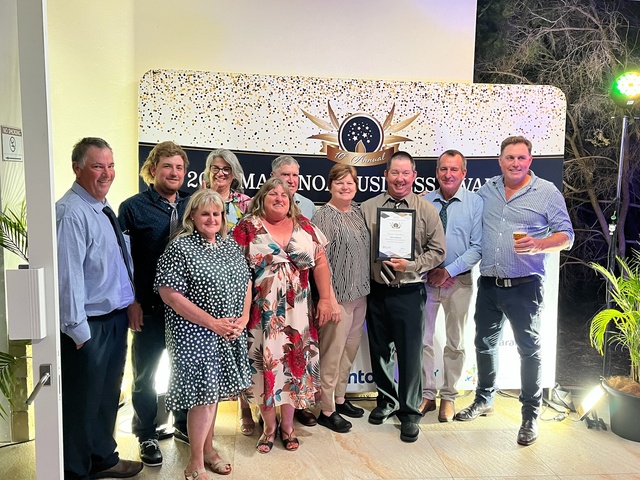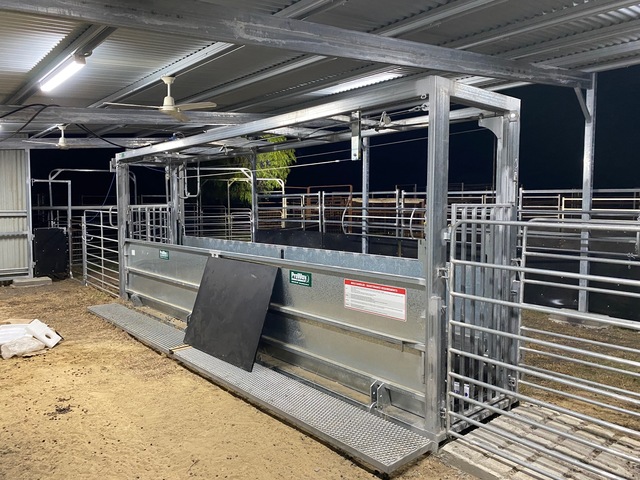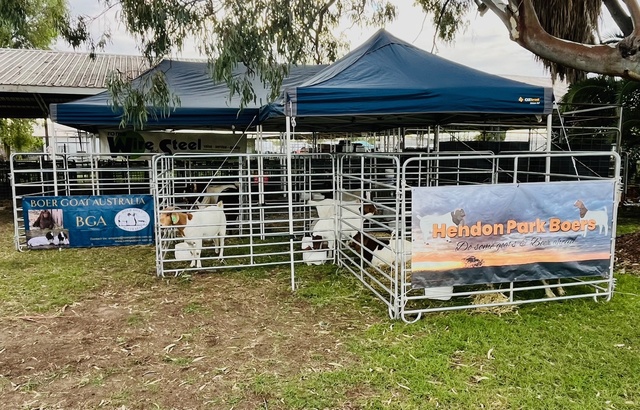Hendon Park Boers alongside Southern Aurora are hosting a two-day workshop on a property at Bymount with expert South African goat breeder Vaatjie Nell on 7 and 8 March.
The workshop aims to inform producers about different methods they can use to create the ideal herd for commercial and stud farming.
Mr Nell runs stud and commercial stock in South Africa, and his father was in the original group of farmers in the Eastern Cape who developed the Boer Goat as a breed. Mr Nell is a seasoned veteran within the goat industry, being around the Boer goats for 60 years.
The workshop will have a focus on Boer goat classificiation, breeding, sire selection, boer goat standard (BGA), stock maintenance and checks, seasonal conditions and joining, nutritional requirements and supplement benefits, tagging and new requirements and will provide great opportunity to network with other producers.
Micheal Stanford owner of Hendon Park Boers has had the farm in his family for most of his lifetime.
His wife Janelle and him together have had the farm for their whole adult life,but have been working on breeding better genetics into their goat herd for the past eight years.
Farming also runs deep in Mrs Stanford blood, growing up in Muckadilla farming wheat and sorghum as well as cattle and Merino sheep.
The Stanfords began goat farming crossing the rangeland and boer goats, which Mrs Stanford said caused an inconformity in the herd.
They then graded out half of their stock and begun breeding the pure boer goat genetics into their herd.
They had trouble sourcing boers in Queensland so they travelled down to New South Wales where they purchased both boer does and bucks from Carrington view Boers, which boer goats are directly related to the first herd of boer goats from South Africa.
Mrs Stanford says the goat industry is a “Marvellous industry to be apart of “ and has potential for growth in the domestic Australian market.
Goat meat has nutritional benefits, as it is very high in protein and low in saturated fats and is something everyone can benefit from eating said Mrs Stanford.
The Boer goat is known for its superior meat quality as they have a high dressing percentage, meaning a larger quality of their body weight is usable meat, and their meat is considered to have a good fat to muscle ratio.
The Boer goat also have a fast growth rate, high fertility, adaptability and a docile temperament.
The Boer goats does are known to produce multiple offspring at once compared to other singleton goat breeds.
“With the particular genetical lines we’ve put through our herds most of our does have been having twins and triplets and one set of quads so far” Mrs Stanford said.
“This allows us to increase numbers in a short period of time”
“Getting that sort of breeding percentage is great from a commercial point of view” Mrs Stanford said.
The Stanfords have also farmed beef and Merino sheep alongside goats in the past.
During times of drought and price drops in beef and sheep, the goats were a saviour for the Stanfords as they are hardy and can survive in tough conditions.
While it is a great industry to work in Ms Stanford also acknowledges it comes with struggles much like any agricultural industry.
“Prices have been down pretty significantly the last few years”
“This is due to flooding of the market with different rangelands goats”
“There is also some difficulty with grading as we are getting the same price as the lower quality goat meats as the quality is not being classified at meatworks”
Mrs Stanford says that despite the challenges she is still passionate and driven in the goat producing industry.
“Like any industry its up and down you have to go with the ebbs and flows and finding a way to sustain what you are doing as well as finding ways to improve when times are a bit tougher.” Ms Stanford said.
The Stanfords have had four Boer buck sales, both at the Roma saleyards and at their Bymount property.
Mrs Stanford said she considered all the sales successful in terms of sales.
The first and second sales from a financial viewpoint were especially successful said Mrs Stanford.
“Prices took a big hit going from 1500- 3000 per goat down to 350 a goat during the third sale” Ms Stanford said.
The Stanfords have also built a new shed, goat handler and yards to aid better flow and ease of management when working and handling the goats.
“We don’t try and reinvent the wheel but we like to reinvent what we are doing every now and then” Ms Stanford said.
“We are excited about the upcoming workshop and keen to help other producers with different methods that we have been using to improve our commercial herd” Mrs Stanford said.

